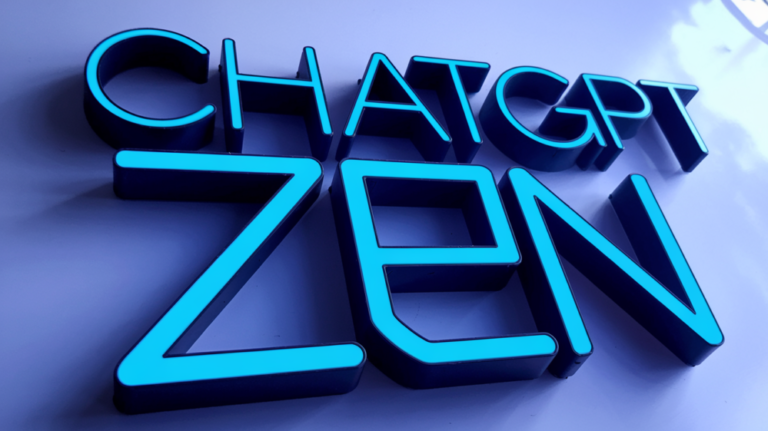For more information about Stanford’s Artificial Intelligence professional and graduate programs, visit:
This lecture covers many topics within Natural Language Understanding, including:
-The Course (10 min)
-Human language and word meaning (15 min)
-Wordzvec introductions (15 min)
-WordZvec objective function gradients (25 min)
-Optimization basics (5 min)
-Looking at word vectors (10 min for less)
Professor Christopher Manning
Thomas M. Siebel Professor in Machine Learning, Professor of Linguistics and of Computer Science
Director, Stanford Artificial Intelligence Laboratory (SAIL)
To follow along with the course schedule and syllabus, visit:
00:41 Welcome
01:31 Overview for the lecture
01:56 Lecture Plan & Overview
02:02 Course logistics in brief
02:52 What do we hope to teach in this course?
05:39 Course work and grading policy
07:02 High-level plan for problem sets
#ChristopherManning #naturallanguageprocessing #deeplearning











Thanks
thanks
thanks
see you again 🙂
Thanks, Stanford, thx professor manning. Hope one day I could work with you.
Thank you, I hope I could have a chance to visit Stanford one day.
Thanks, Very nice course!!!
I had saved videos two years back but got time to watch just now! so watching the 2019 edition, please post remaining videos episode soon! You have my 10/10 IMDb rating, professor Manning! 🙂
Thanks very much for uploading this Stanford! Very fresh and exciting content! Please keep uploading future videos of this course. Much appreciated!
boring. The professor failed to interest an average CS major audience. I am watching this video for course work but was discouraged from the beginning.
so? why are you so special
@Jake Browning No, i am the one that chose to speak up.
speak up for whom? yourself only ?
@Quynh Zheng i speak for my self and lot other average persons. I don’t know what kept you away from speaking up but fortunately here I am. One simple question, does the lecturer in the video succeed to interest an average CS person?
@Biubiubiu Last yes
Fantastic course from Stanford, I suggest everyone learning from home to watch the first four lectures of this one and the remaining on this newer playlist: https://www.youtube.com/watch?v=PLryWeHPcBs&list=PLoROMvodv4rOSH4v6133s9LFPRHjEmbmJ&index=5
May I ask why is that? Is there something different between this two? Thanks!
@Jim Lin Yes, on this playlist, the first lectures from Winter 2019 are more interactive, but later a bit outdated. The newer ones cover topics like transformers, and more.
@Rockikz ok, thanks so much!!
ahhhh… but can an orangutan build a machine that is smarter than an orangutan…
can humans do that? can any carbon based life form do that? just to be clear smarter doesn’t mean faster multiplication, it means devising a formula by observing the real world, it means spreading paint on a blank canvas to portray a scene from imagination. people think that machines will eventually surpass human intelligence, but it is very debatable if true consciousness can ever be generated from metals.
The smartest of orangutans can at least make a machine smarter than the vast majority of other orangutans.
@Debasish Raut Yes. Totally agree. It’s still up for debate. I think LeCun’s comment was probably referring to common sense.
If you write
“Thanks for the help:
– ”
in VS Code, GitHub copilot recommends this video